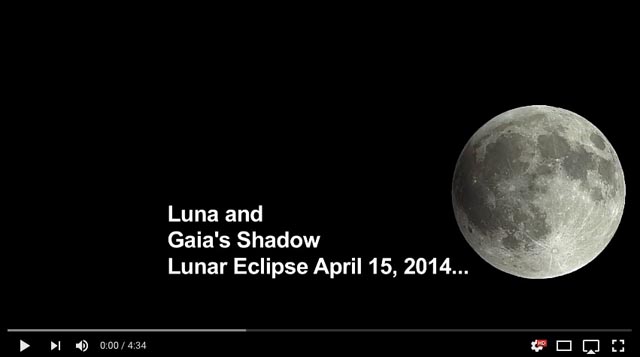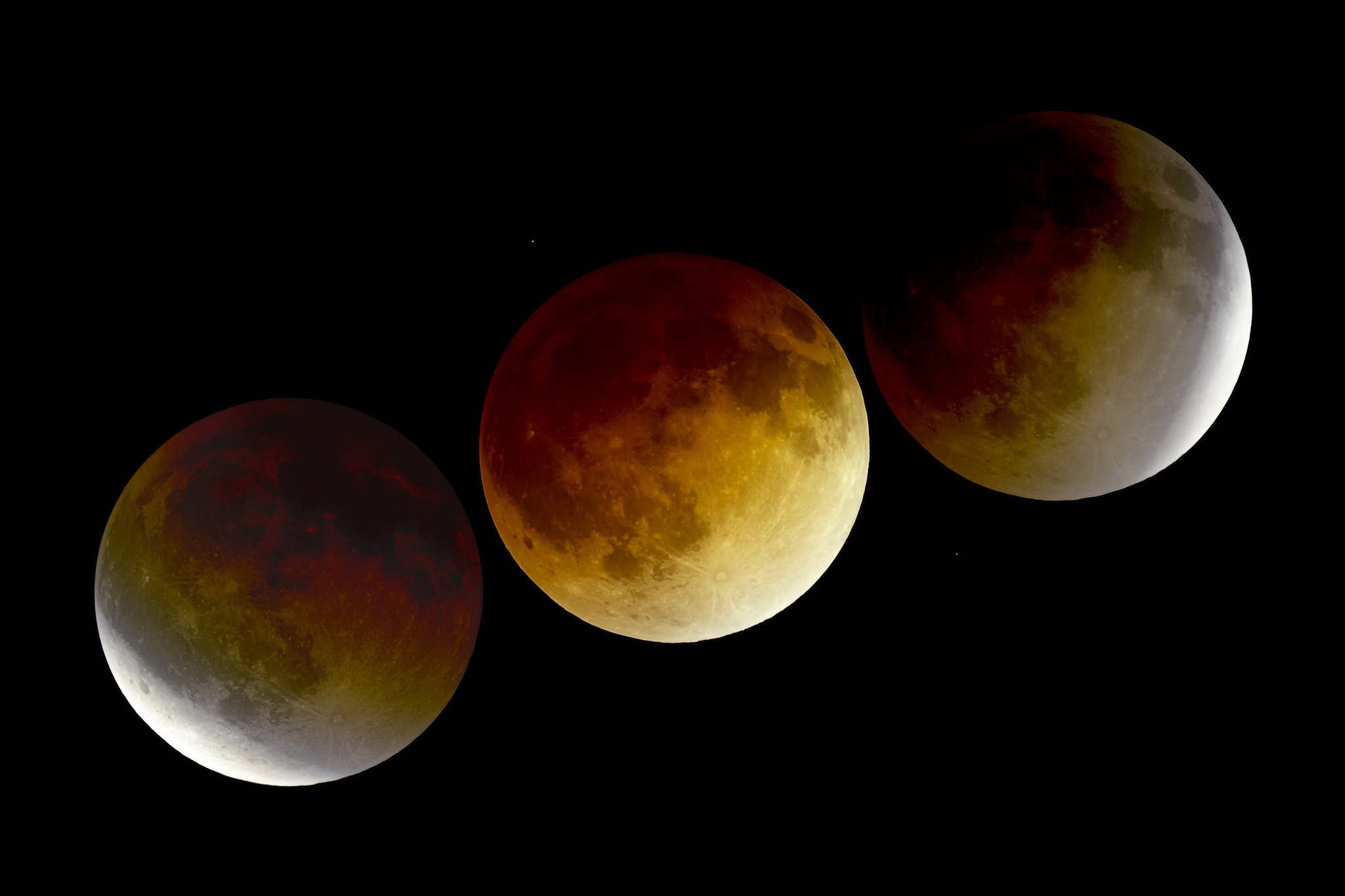- Images
- Blog
- Tools
- Questar
- The Questar telescope
- Questar resource links
- Search for Questar info
- 172mm Focal Reducer
- Afocal adapter for point and shoot camera
- Camera adapter lengths
- Camera adapter threading
- Camera connection
- Camera focusing
- Custom counterweight
- Drift Alignment Joy
- Finder Eyepiece Compatibility
- The Questar Moon 1981
- Questar Powerguide II Battery Life
- Questar Zone, How to Service Videos
- Red Dot finder mount for Questar
- Questar Viewing Table
- Wedge mounts
- White light solar filters comparison
- How to
- Get started in astronomy
- Astro RaspberryPi Camera and kin, the ASIAir and StellarMate
- Blind Smart-phone Equatorial Wedge or GEM Polar Alignment
- Camera phone adapter
- Celestron FirstScope with equatorial tripod mount
- Coat Pocket Astrophotography
- Day-lapse Images of Earthshine on the Crescent Moon
- Dobsonian Carrying Case
- DSO Astrophotography without a Telescope
- DSO imaging without a star tracker
- Estimating image resolution
- Lunar Eclipse Photography
- Moon photography - a dozen ways to shoot the Moon
- Meteor shower photography & planning
- Matching image sensor size to telescope resolution
- Narrow band imaging with color cameras
- Planetary Image Workflow
- Print and Display Astrophotography
- Observing
- Events
- More
- About
- Contact
Luna and Gaia's Shadow
After watching the complete total lunar eclipse in April of 2014 under clear skies, I was fascinated by the interplay of the earth’s shadow and the Moon. I had a sense of the earth’s shadow as a physical space with edges, texture, and colors.
There are many differences between an eclipse and the normal terminator that defines the separation between sun light and darkness during the lunar month. At first, the intensity of light dims gradually across the Moon as the sun is only partially obscured - the penumbral phase of the eclipse. Next the earth’s full shadow, the umbra, moves onto the Moon. In the umbra direct view of any part the sun is hidden by the earth. The partially eclipsed Moon looks very different than the normal gibbous, half or crescent shapes. The circular outline of the earth’s shadow is moving across a spherical Moon. Rather than a stark line between light and dark, varied only by the lunar topography, an eclipse shows a soft line with many irregularities as the mountains and clouds of the earth’s atmosphere are projected, out of focus, onto the surface of the Moon.
The earth’s shadow is never completely dark. Atmospheric refraction bends some sunlight into even the darkest parts. Air scatters higher frequency light more strongly giving us our blue skies. Leaving that blue behind, the light that makes it through our atmosphere is reddened. It is the red glow of every sunrise and sunset around the earth. This color varies from pale pink, to yellow-orange, to deep blood red as the Moon moves deeper into the earth’s shadow. From the Moon the black void of the nighttime earth will be circled by a glowing red ring of sunlight.
I made an HD time-lapse video of the eclipse to capture this. The motion of the Moon through the shadow is dramatic, but even HD video looses much detail from the original images.
A full resolution still image captures the Moon at the beginning, middle, and end of totality.
In most eclipse image sequences the rotation of the earth obscures the relationship of the Moon and the earth’s shadow as a whole. In this image, the position of the stars and the earth’s shadow is constant as the Moon moves through the shadow. First and last images show a sliver of directly lit Moon. These define the extent of the earth’s umbral shadow in it’s correct relationship and size to the Moon - more than 3 times the diameter of the Moon. Dusky rainbow like bands color the earth’s umbral shadow on the Moon: light pink, yellow, orange and finally deep red. In this eclipse the colors just before totality come from sunsets over the South Pacific; those just after come from sunrise over the South Atlantic.
Content created: 2015-05-18
Comments
![]() Submit comments or questions about this page.
Submit comments or questions about this page.
By submitting a comment, you agree that: it may be included here in whole or part, attributed to you, and its content is subject to the site wide Creative Commons licensing.




